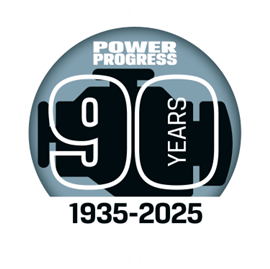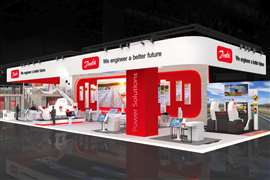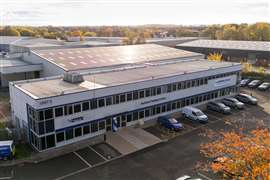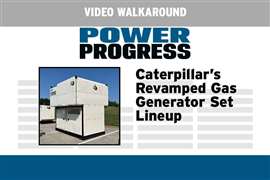Read this article in Français Deutsch Italiano Português Español
Windcat CSOV sets new standards in decarbonization
03 September 2025
Windcat, a provider of specialist crew transfer services to the offshore wind industry, officially presented the Windcat Rotterdam, the first of six vessels in its new CSOV (Commissioning Service Operation Vessel) Elevation Series. The vessel, developed in collaboration with Damen Shipyards Group, Windcat and CMB.TECH, was constructed at Ha Long Shipyard in Vietnam and delivered on July 24th.
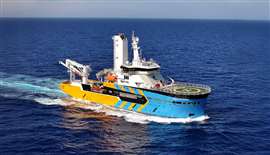 The Windcat Rotterdam was developed in collaboration with Damen Shipyards Group, Windcat and CMB.TECH. (Photo: Damen Shipyards Group)
The Windcat Rotterdam was developed in collaboration with Damen Shipyards Group, Windcat and CMB.TECH. (Photo: Damen Shipyards Group)
The Elevation Series CSOVs was developed to enable Windcat to offer a broader and more flexible service to clients in the offshore energy industry. The new 89.39-meter Windcat Rotterdam will support construction, commissioning and maintenance activities at offshore energy projects. It will also serve as a floating base for personnel and equipment, enabling safe and efficient access to offshore assets.
The new vessel is equipped with the latest available technologies in terms of fuel efficiency and emission control, such as a closed bus switchboard configuration and a hybrid diesel-electric propulsion system that includes a 1,700-kW battery. Four 1,800-kW azimuth thrusters are designed to enable precise maneuverability and efficient operations. Collectively, these techniques are expected to ensure that the vessel will reduce CO2 emissions by 30%, the announcement stated.
In addition, Windcat built on its operational experience with its hydrogen-powered CTVs (Crew Transfer Vessel), with CMB.TECH’s hydrogen technology also being implemented in the Elevation Series CSOVs. An 800-kW MAN LE 337 dual-fuel hydrogen engine will enable the auxiliary gen-set to run on hydrogen.
The hydrogen gen-set, storage and fuel supply system are ready for integration on the vessel once final approvals are in place. This approach supports future regulations for hydrogen use in medium-sized vessels.
The Windcat Rotterdam features a 3D motion-compensated gangway with a high vertical range, and what is described as the world’s first 10-ton 3D motion-compensated crane for heavier platform lifts in rough sea conditions.
Designed for offshore deployment of up to 30 days, the vessel includes spacious single and double cabins for up to 120 people, a fully equipped gym, entertainment areas and high-quality catering and housekeeping services.
Commenting on the vessel’s launch, Willem van der Wel, managing director at Windcat, said, “It has been great to see this groundbreaking design come to life. Now that Windcat Rotterdam has been added to our fleet, we are able to offer not only best-in-class CTV services but also best-in-class CSOV services. We see a bright future for our vessels in the offshore energy industry supporting clients globally to safely and comfortably accommodate and transfer personnel to their projects offshore.”
Joost van der Weiden, sales manager at Damen, added: “On behalf of Damen, I am very pleased to witness this major milestone in the development of the Elevation Series. The vessels are a clear demonstration of what can be achieved for maritime sustainability when we combine our strengths with likeminded partners and work towards a common goal. I’m looking forward to continuing our collaboration during the construction of the remaining vessels in the series.”
POWER SOURCING GUIDE
The trusted reference and buyer’s guide for 83 years
The original “desktop search engine,” guiding nearly 10,000 users in more than 90 countries it is the primary reference for specifications and details on all the components that go into engine systems.
Visit Now
STAY CONNECTED




Receive the information you need when you need it through our world-leading magazines, newsletters and daily briefings.
CONNECT WITH THE TEAM







